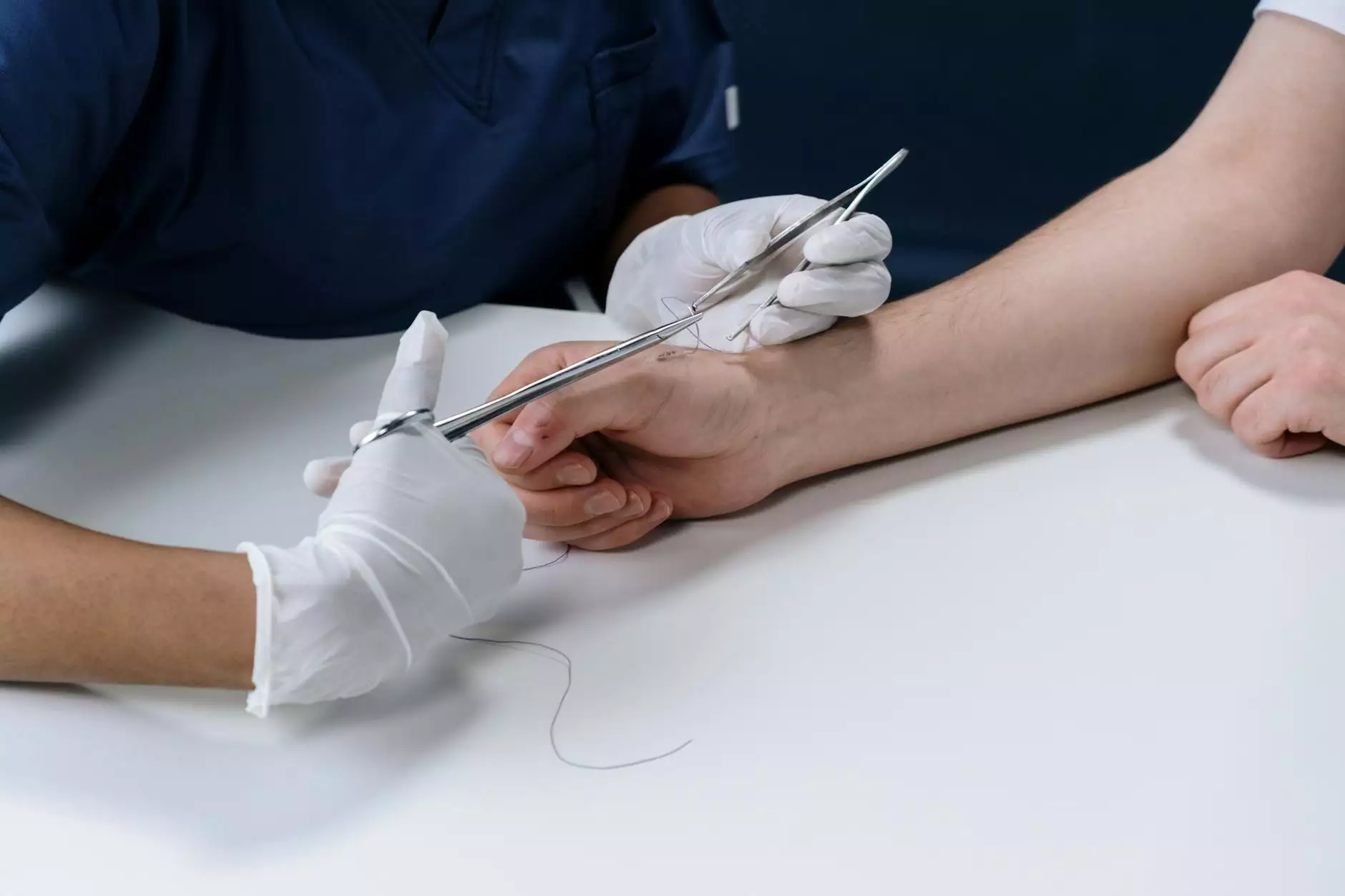Understanding Risk-Reducing Salpingo-Oophorectomy: A Proactive Approach to Women’s Health

Risk-reducing salpingo-oophorectomy (RRSO) is a critical medical procedure designed to significantly lower the risk of developing ovarian and certain breast cancers in high-risk women. This surgical approach entails the removal of the fallopian tubes and ovaries and is often recommended for individuals with a family history of cancer, particularly those with BRCA gene mutations.
What is Risk-Reducing Salpingo-Oophorectomy?
The term risk-reducing salpingo-oophorectomy refers to a preventative surgical procedure that removes the ovaries and fallopian tubes to mitigate the risk of ovarian cancer. Ovarian cancer is notoriously difficult to detect in its early stages, making preventative measures crucial for women at elevated risk. By performing RRSO, healthcare providers aim to reduce this risk significantly, offering peace of mind to women concerned about their genetic predispositions.
Why Consider RRSO?
There are several reasons a woman may consider risk-reducing salpingo-oophorectomy:
- Family History: Women with a strong family history of breast or ovarian cancer often have mutations in the BRCA1 or BRCA2 genes, increasing their risk significantly.
- Genetic Testing: Following positive genetic testing, RRSO becomes a viable option for women seeking to take control of their health.
- Age-Related Risks: As women age, especially post-menopausal women, the risk of developing ovarian cancer increases, making this procedure even more pertinent.
Benefits of Risk-Reducing Salpingo-Oophorectomy
The primary benefit of risk-reducing salpingo-oophorectomy is the substantial reduction in the likelihood of ovarian and breast cancer. However, the benefits extend beyond just risk reduction:
- Immediate Cancer Risk Reduction: RRSO can reduce the risk of ovarian cancer by up to 96%, which is a significant statistic for high-risk individuals.
- Long-Term Health Management: By eliminating the ovaries, many women experience a cessation of related health issues, such as painful menstruation, and can avoid certain hormone-related conditions.
- Psychological Relief: Reducing the fear of cancer can greatly relieve anxiety for those with a family history, allowing individuals to live their lives more fully.
Understanding the Procedure
The risk-reducing salpingo-oophorectomy procedure usually follows a structured approach:
Preoperative Preparation
Before the surgery, a thorough consultation is conducted. This typically includes:
- Medical History Review: Understanding the patient's familial and medical backgrounds.
- Genetic Counseling: Meeting with a genetic counselor to understand the implications of genetic testing.
- Imaging Studies: Conducting ultrasounds or MRIs to assess ovarian health.
The Surgical Procedure
RRSO is commonly performed via laparoscopy, a minimally invasive technique:
- Anesthesia: The patient is placed under general anesthesia.
- Incision: Small incisions are made in the abdomen.
- Removal: The ovaries and fallopian tubes are removed through these incisions.
- Postoperative Care: Patients are monitored closely and will typically recover at home within a few days.
Post-Operative Recovery and Considerations
After undergoing risk-reducing salpingo-oophorectomy, patients should expect a recovery period that varies based on individual health factors:
- Pain Management: Some discomfort is normal, which can be managed with prescribed medications.
- Activity Level: Patients are advised to avoid strenuous activities for a few weeks post-surgery.
- Hormonal Changes: Since the ovaries produce hormones, women will enter menopause post-surgery if they are pre-menopausal, requiring hormone replacement therapy (HRT) in some cases.
Risks and Considerations
While risk-reducing salpingo-oophorectomy offers significant benefits, it is not without its risks:
- Surgical Risks: Any surgery carries risks, including bleeding, infection, and injury to surrounding organs.
- Menopausal Symptoms: Women who undergo RRSO before menopause may experience hot flashes, mood swings, and other menopausal symptoms.
- Long-Term Health Effects: There is the potential for increased cardiovascular disease risk, which needs to be managed with a healthcare provider.
Making the Decision: Is RRSO Right for You?
Deciding whether to pursue risk-reducing salpingo-oophorectomy is a deeply personal choice that should be approached carefully. Here are several considerations:
- Discuss the potential risks and benefits with your healthcare provider.
- Evaluate your family history and personal health risks.
- Consider psychological counseling for therapy and support.
Conclusion
In conclusion, a risk-reducing salpingo-oophorectomy can be a life-changing decision for women at high risk of ovarian and breast cancer. The procedure significantly reduces risk, offers peace of mind, and empowers women to take control of their health. If you believe you may benefit from RRSO, consult with knowledgeable healthcare providers, such as those found at drseckin.com, who specialize in this crucial area of women’s health.
Additional Resources
For further information on risk-reducing salpingo-oophorectomy and related healthcare resources, consider reviewing the following:
- National Cancer Institute - Ovarian Cancer Prevention
- BreastCancer.org - Risk-Reducing Surgery
- ACOG - Risk Reduction in Women with BRCA Mutations



